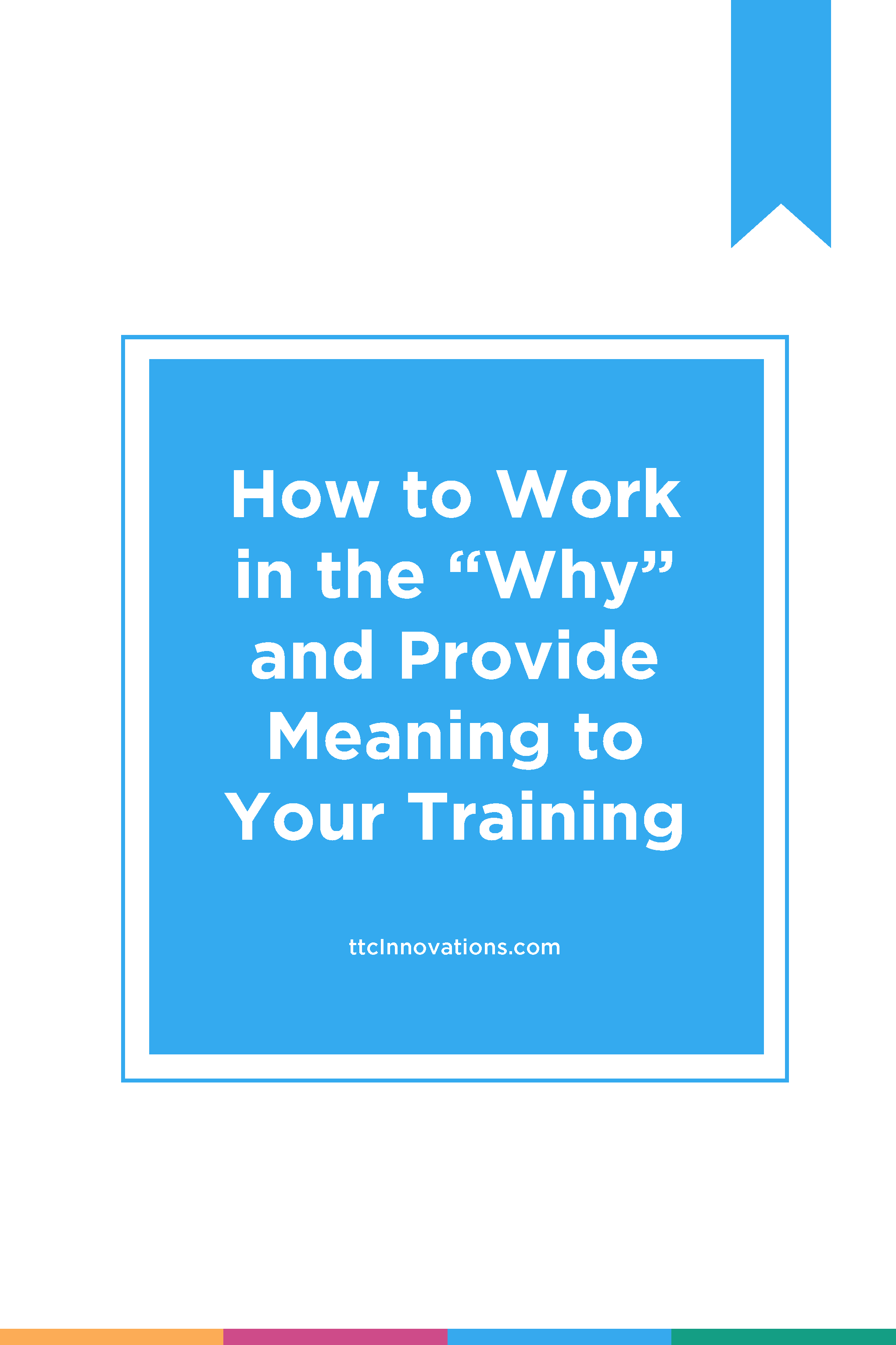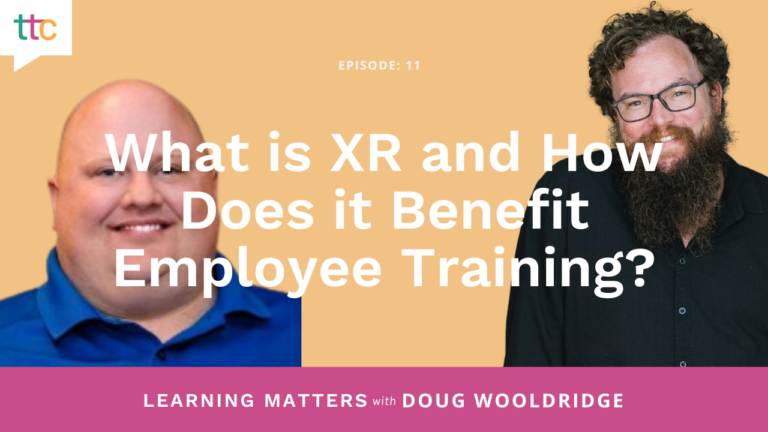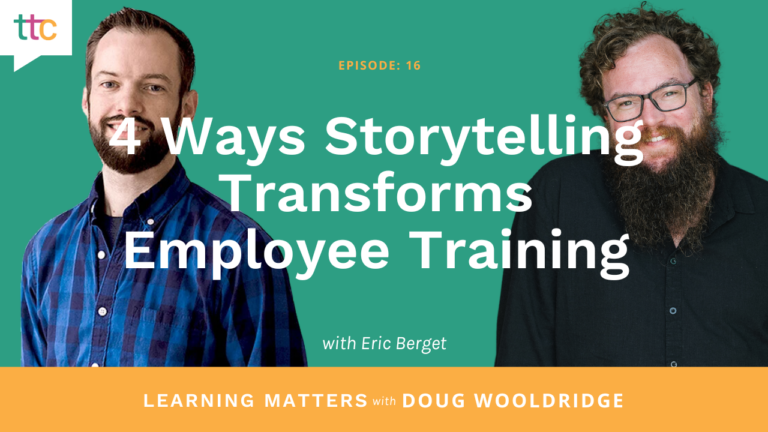“Why” is key, but think about when to ask why — confused yet?
I am starting a new project, developing training for a group of new hires. Of course, the project is moving at the speed of light. (That’s the new norm, right?) I’m reviewing the information that has been provided to get started:
- Assigned subject matter experts — check
- List of the tasks new hires need to perform on the job — check
- Link to procedures — check
- Project time line — hyperventilating a little, but check
- Learning event is entirely self-directed with the support of a mentor — yikes, but check
My initial analysis has given me the who, what, when (ASAP), and where, but I feel like I’m missing something. This is causing me some mild panic, as I want this to be a meaningful training event.
I take some deep, cleansing breaths (helps with the panic) and it comes to me: Adult learners need to know why! Are those birds singing? Do I see clouds parting and sunshine streaming into the room? That’s what I’m missing…the purpose should be included at the very beginning! Cue my “ah-ha” moment — finding the why is like finding your Zen.
Why “the why” is important
Back to my project — it’s going to be entirely self-directed with the support of a mentor. As I am developing both deliverables, I’ve included the tasks these new hires must learn, where to find their resources, scavenger hunt questions to help them use those resources, case studies to apply the theory of what they learned, and a practice session with their mentors.
As for the mentors, I want them to provide support. They should observe and let the new hires do the work, not the other way around. I decide to include some adult learning theories in the mentor guide and have another “ah-ha” moment (okay, maybe it was more of a reminder): Adult learners want to know why:
- Why is this relevant to my job?
- Why do I have to know this information?
- How (why) will it impact me?
- Why is it important to my client?
I think about my audience and realize that most of the new hires are millennials, just as the majority of workforces are becoming. I’ve learned a lot about millennials with the team I work for, and as I reflect on that knowledge I realize that, for this generation, knowing why they must or should do something is more important than it’s been to many previous generations.
Interested in learning more about attracting and retaining Millennials for your organization including case studies from top Millennial-friendly cultures like 3M, Microsoft, and more? Download a free chapter of our CEO’s Amazon Best-Selling book, A Manager’s Guide to Unleashing the Intrapreneur.

FREE Download!
Download the first chapter of “A Manager’s Guide to Unleashing the Intrapreneur” here and begin to unleash your own intrapreneur.
How to work in the why for more meaningful training
Are you ready for another “ah-ha” moment? Well, it may have been obvious to some of you already but working in the why must start at the beginning. The motive should touch each step of your design and development process:
- Analysis: When working with your client or subject matter experts and determining what learners need to know, you should also be asking them, “Why does the learner need to know this?” I find that this often leads the way to discovering some additional tasks and resources that need to be included in the training.
- Design: Continue including the why in your design work. On my team, the design document can be handed off to other writers (usually to allow for the light-speed timeline). You don’t want that why information to be lost in the hand-off.
- Development: This is where the rubber meets the road. Including all the whys along with your solid whats and hows will make for a stronger training program overall.
From “why” to apply
As an experienced instructional designer, I must admit that when I look back on some of my earlier work, I realize I was good at getting in the what and how and even the when and where, but I didn’t always have a strong, well-defined why.
Here’s one final “ah-ha” moment: For a learner, understanding the why directly influences how quickly they can apply the knowledge, which is a big win for everyone!








